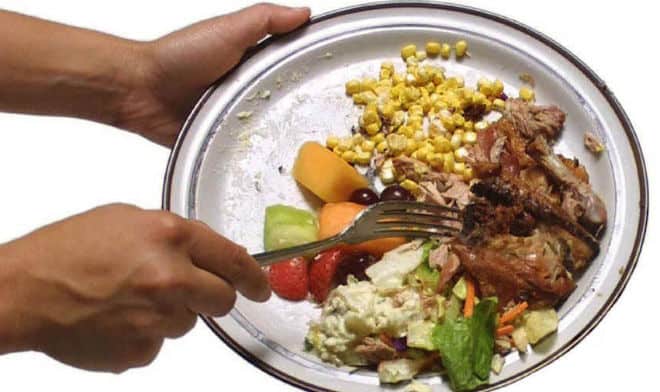According to a 2012 study by the Natural Resources Defense Council, around 40 percent of the food in the United States goes uneaten yearly, and “almost all of that uneaten food ends up rotting in landfills where organic matter accounts for 16 percent of U.S. methane emissions.” The state of food waste on the global scale doesn’t look much better. The United Nations Environment Programme recently released statistics that show an estimated one third of food produced globally for human consumption each year gets lost or wasted. This amounts to roughly 1.3 billion tons of discarded food. And according to Tristram Stuart, founder of the Feeding the 5000 campaign, “when we’re talking about food being thrown away, we’re not talking about rotten stuff; we’re talking about good fresh food that is being wasted on a colossal scale.”
Stuart launched Feeding the 5000 in the United Kingdom in 2009 to uncover and reverse what he calls the “Global Food Waste Scandal,” bridging the gap between the malnourishment affecting nearly one billion people around the world, and the rate of food waste in the U.S. and abroad.
The name of the campaign is taken from the team’s flagship event, where 5000 individuals were fed a free, delicious lunch made exclusively with ingredients that would have otherwise been wasted. Other projects supported by Feeding the 5000 include The Gleaning Network UK, which collects fresh produce that does not meet industry aesthetic standards or is considered surplus directly from farms. Events aimed toward raising awareness and inspiring action around food waste have already taken place in many cities around the world—including New York City, Paris, Amsterdam, and Dublin—and many more are in the works.
Sign up for Food Tank’s FREE Weekly Newsletter. More than 110,000 Subscribers And Counting. Click HERE to join.















